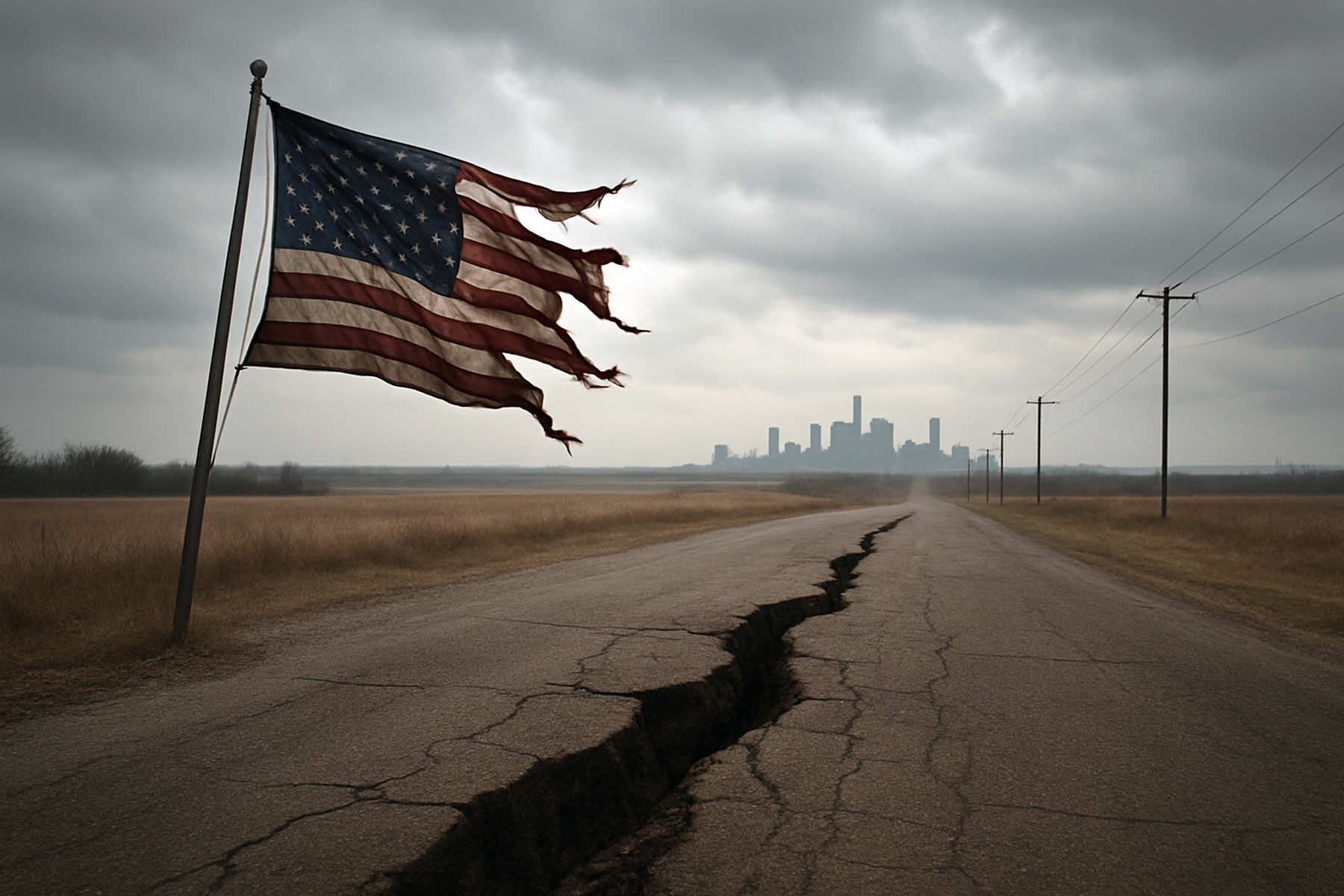The Syrian conflict has gone through major developments marking a new era of victory and heading towards diplomatic solutions in order to declare the end of war and restore its vital role among the Arab world.
Since the beginning of war, the Syrian army, backed by allies, has launched series of operations to restore areas under the militias' control. Along with eastern Ghouta and Dara'a in the south, Deir Ezzor governorate was the cherry on the top of his victories. This left Idlib governorate, the cradle of Nusra Front, to determine the last battle for Syria, especially after the Russian-Turkish agreement on 17th September that guarantees an area for reducing tension.
In the late 2018, Damascus has witnessed important developments on the diplomatic level, which many analysts see as signals for Syria to come out of its long isolation and be embraced again by Arab brethren. This turn of events was initiated by the first visit by an Arab leader since the beginning of the conflict in 2011, Sudanese President Omar Al-Bashir, and continued with the re-opening Emirates' embassy, paving the road for Damascus to restore its ties with countries that once treated it with hostility, following the lead of Saudi Arabia. On the same level, a source for Sputnik in Nouakchott has assured the formal visit of Mauritanian President on the upcoming 10th January. These developments were accompanied with news in regard of Syria's getting back its seat in the Arab league after eight years of interregnum.
This is a recapitulation of major events that marked the year 2018:
- January: five countries calling themselves "The Small Group" including (USA, England, France, Jordan and Saudi Arabia) proposed a paper work in Geneva discussing the political transition, the new constitution, election under the UN supervision, releasing captives, political reform and the return of refugees. It demanded the foreign militias to withdraw and the initiation of the disarmament process and cease fire. While the regime's delegates rejected the political transition and called to hold talks in Sochi in order to discuss the constitutional process.
- February: the Syrian army launched an attack on Nusra Front's disposition in eastern Ghouta, from five hubs, accompanied by the Russian air force. An unanimous approval of the Security Council for a thirty-days truce.
- March: the Syria state media reported that the city of Hirista in eastern Ghouta is free of armed militias. 59 buses carrying 3034 people, including 1072 armed men, left Hirista and headed to Idlib Governorate. The Syrian government failed to free the thousands of Syrian soldiers and civilians who were captured by "Ahrar Asham". Some sources affirmed they were killed right before the buses took off.
- April: a triple attack was launched by the US, England and France on some locations in Damascus and Homs as a response to the chemical attack on the city of Duma in eastern Ghouta, they claimed. This attack targeted three main facilities for manufacturing and storing chemical weapons. However, the Syrian state media reported targeting an air base in the west near the Lebanese boarders, a location in the city of Masyaf and an arsenal for the Syrian army in Qalamoun north east of Damascus. Syrian defenses had responded and landed most the 110 missiles.
- May: Israel launched attacks on Iranian locations in Syria in response to Iran bombing on some of its locations in Golan. This happened right after Israel downed a robot plane claiming to be have taken off from Syria. This attack resulted in the killing seven of the Islamic Revolutionary Guards.
- June: the Syrian army paved his way for "South Storm" on Dara'a to restore peace and destroy the locations of militias including "Tahrir Asham" that is related to Al-Qaida. 12500 civilian had evacuated to escape the bombing.
- July: the Islamic state launched attacks on north-east of Swaida's rural and captured number of civilians, the city had its share of suicide bombing. 300,000 people emigrated from the city of Dara'a to Jordan and Israel. Russia and the Syrian opposition held talk for truce in the south. Russia demanded a full control over Nasib Crossing, in exchange for regularization of dissidents.
- August: the Syrian army launched land attacks alongside with air strikes on Swaida's desert to defeat ISIS. An American delegates visited Damascus to come to an agreement regarding the conflict, demanding Iran withdrawal from south of Syria, and guaranteeing to give the US companies a share of oil in the east of the country. Syrian government rejected this proposal. Syria was preparing for a military attack on Idlib to restore order and take control over the north.
- September: Russia and Turkey came to an agreement regarding Idlib and establishing a demilitarized zone in the north, hoping to find solution for the Syrian crisis.
- October: ISIS released six hostages from its last attack on Swaida. Re-opening Jaber Crossing between Syria and Jordan. Some militias surrender their heavy weapons.
- November: the Syrian state media reported the opposition had bombed Aleppo with chemical weapons, while the opposition said that the regime had killed nine people in his attack on Idlib.
- December: Syria announced entering the city of Manbij in Aleppo's rural. Trump announced his intention to withdraw the US troops from Syria.
The Sudanese President visited Damascus as the first visit of an Arab leader since the beginning of the conflict.
Emirates re-opened its embassy in Damascus after years of cold relations.
High hopes for Syria to restore its seat in the Arab League.
This year had the least number of deaths, while the UN has said that 13.1 million people was in need of humanitarian help in Syria 2018. However, the fighting doesn't seem to end anywhere soon.





